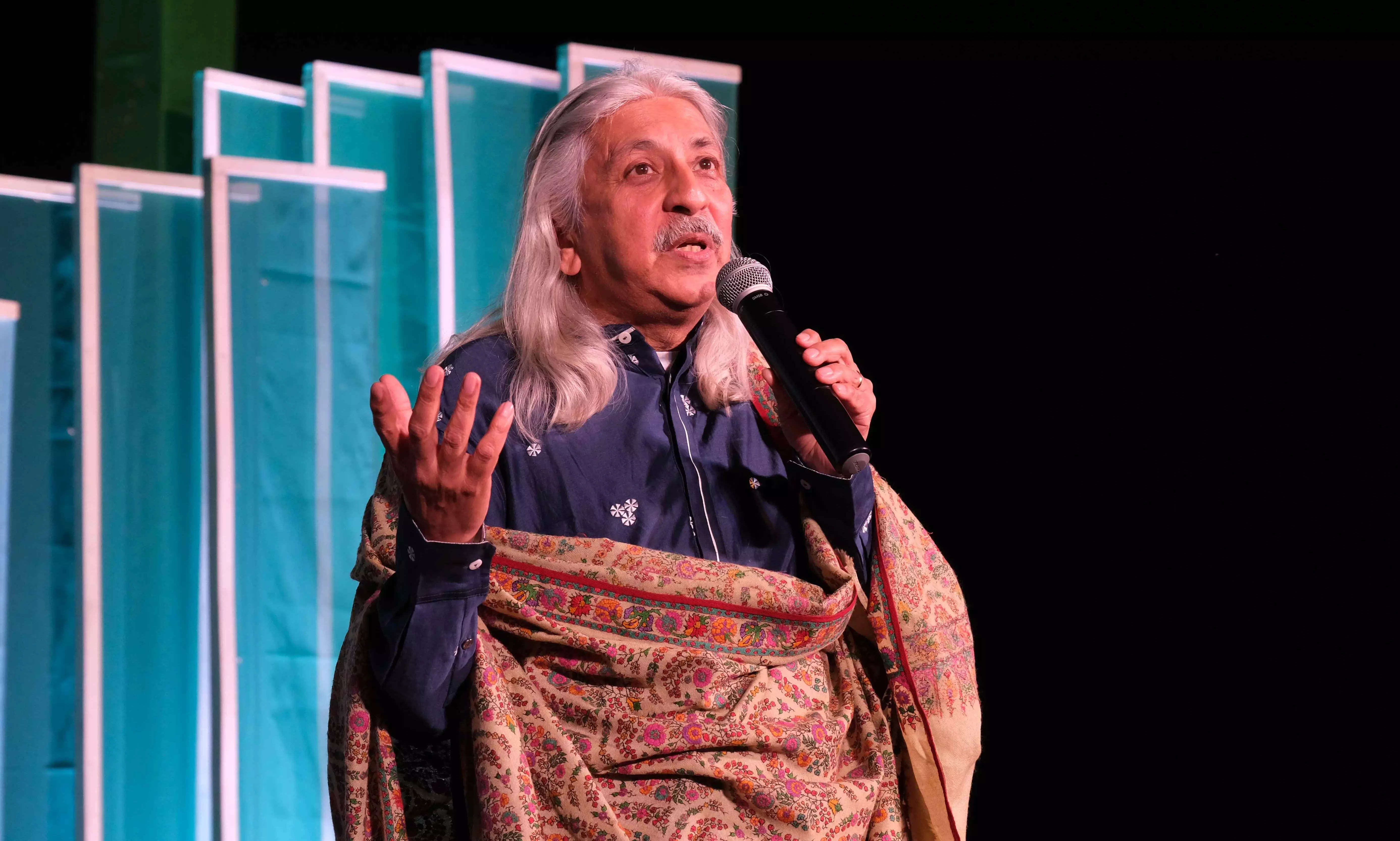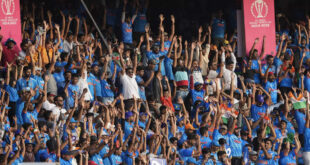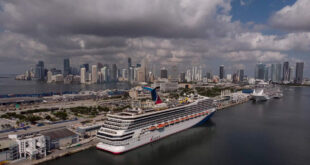[ad_1]

Festival tourism has always been a big driver in pushing business in the economy while promoting destinations. If it were the traditional fairs at one point that attracted community participation with underlined business prospects, organised festivals that aim to draw the youth and specific interest groups are beginning to gain attention and grow in terms of scale in recent times.
Corporate support to such events has been an important factor in promoting culture as well and boosting tourism growth. Curated festivals like Mahindra Kabira that is held on the ghats of River Ganga in Varanasi or The Sacred Amritsar or even Jaipur Literature Festival (also put together by Teamworks Arts) are only case in point of an opportunity to combine cultural immersion with tourism prospects.
“There’s a huge opportunity here. If you marry built heritage with cultural tradition and bring in a sense of hospitality, food, etc, it is only automatic that tourism will grow. The minute you bring in people from anywhere else into a city or a place, you are contributing to the local economy,” said Sanjoy K Roy, Managing Director, Teamwork Arts.
Recently, the Mahindra Kabira Festival concluded its seventh immersive and experiential two-day sojourn on the historic ghats of Varanasi. The gathering of delegates from across the world were treated to a programme of classical, folk and fusion music and insightful discourse inspired by Kabir, heritage walks, temple visits, Ganga Arati, boat rides, and a range of food curated daily with signature local Banarasi dishes.
“For Mahindra Kabira, as many as 400 people flew in from different places. Once they reached, beyond attending the festival, they sought retail therapy, explored local foods and the city, used local transportation, including boats at the ghats. So at the very grassroot, you are contributing and giving back to the economy,” he said.
And once the wheel is set rolling comes upskilling driven by quality enhancement via curation. “There is only as much as any company can bring in from the outside. You have to use local resources. So for a festival like this, that promotes cultural sensitivity and responsible tourism, we try to upskill local suppliers,” he said.
This is followed by investment in doing it differently, he added. “The minute you start investing within an economy in the control of creative industry, or sector space, then you are upskilling the gig economy. And the gig economy, because of the nature of the beast that it is, it trickles. The impact of trickling down is huge,” he said, adding, “Which is the reason there was a study which said for every million dollars of investment into the built economy, you create nine to 11 jobs. For every million dollars of investment into the creative industries or sector, you create 111 to 117 jobs. So the impact is huge.”
In terms of revenue generated, according to Roy, a festival such as this brings in an additional revenue of INR 10-15 cr over the five days to the city, over and above that generated through tourism.
Teamwork Arts organises 33 odd festivals in as many 72 cities, shared Roy. And even though the model may not be unique to the company, he said, they approach every festival consciously with the idea of how they can help create a structure within the local, very microcosmic economy.
Even as the company prepares to organise The Sacred Amritsar in January, it would soon be organising The Sacred at Madurai, emulating its success model in other cities.
In terms of government participation, Roy said the festivals need not necessarily be inspired or subsidised by the government but are definitely supported by the local economy. This is where the role of the corporates comes in. A healthy support from the corporates allows one to create much larger and interesting ecosystems, he shared.
Commenting on the corporate versus the government support to such large-scale cultural events, Roy said the ideal situation is when you have all three coming together – the government, locals and the corporates. “The government is responsible for good policies to be able to enhance this. So whether it is at the taxation level, or the city planning level, or whether just in the cleaning up of the city or the streets, it would all make a difference,” he said.
Citing the example of political will, he shared that a noticeable shift in the experience can be seen from after PM Narendra Modi took over the task of cleaning up Varanasi. “We have seen a complete transformation over the last 10 years. The Prime Minister had a specific person appointed from the city who ensured that the place remains clean even after the event is over. This speaks volumes of the will of the authority to encourage such events and the concurrent development,” he said.
If it is the responsibility of the government to ensure good policy and grassroots sustenance, Roy feels the corporates like Mahindra, Aditya Birla group and Tata have a big role to play in keeping the arts alive.
“Events such as these can help a corporate create brand identity. Which makes it pertinent for them to do it not just as a CSR activity, but as an economic brand building requirement,” he said.
Listing out the challenges, Roy pressed the need for a proper policy especially when it comes to permissions. A lot of which, he said, in the current scenario, relied on the administrative support and will.
Source link





